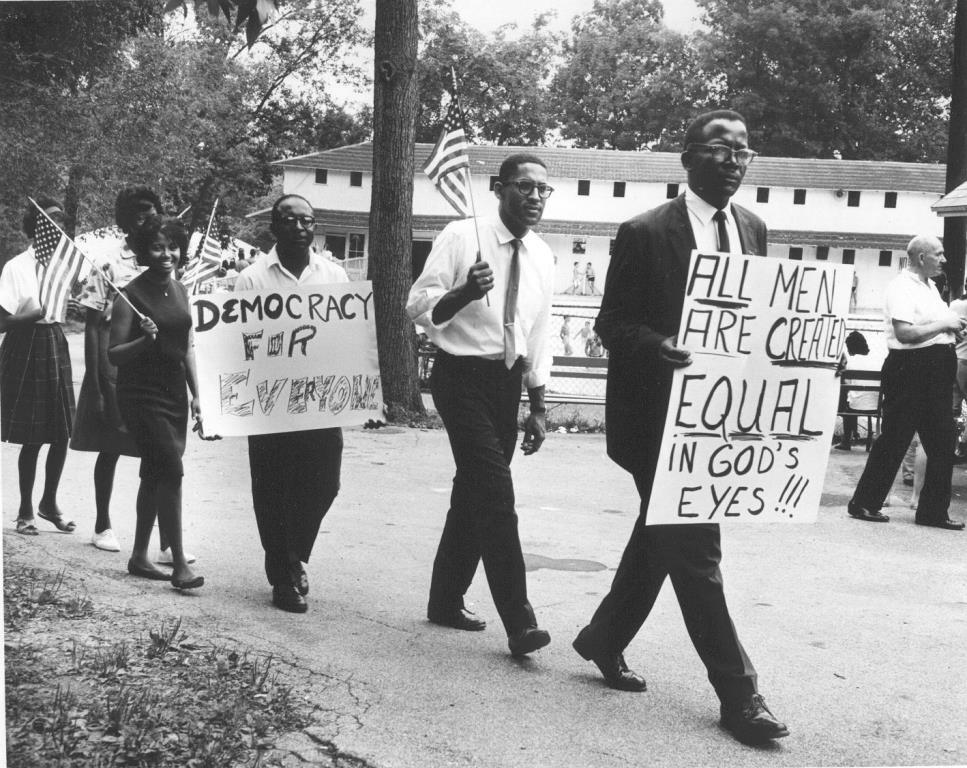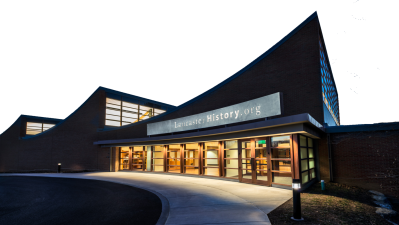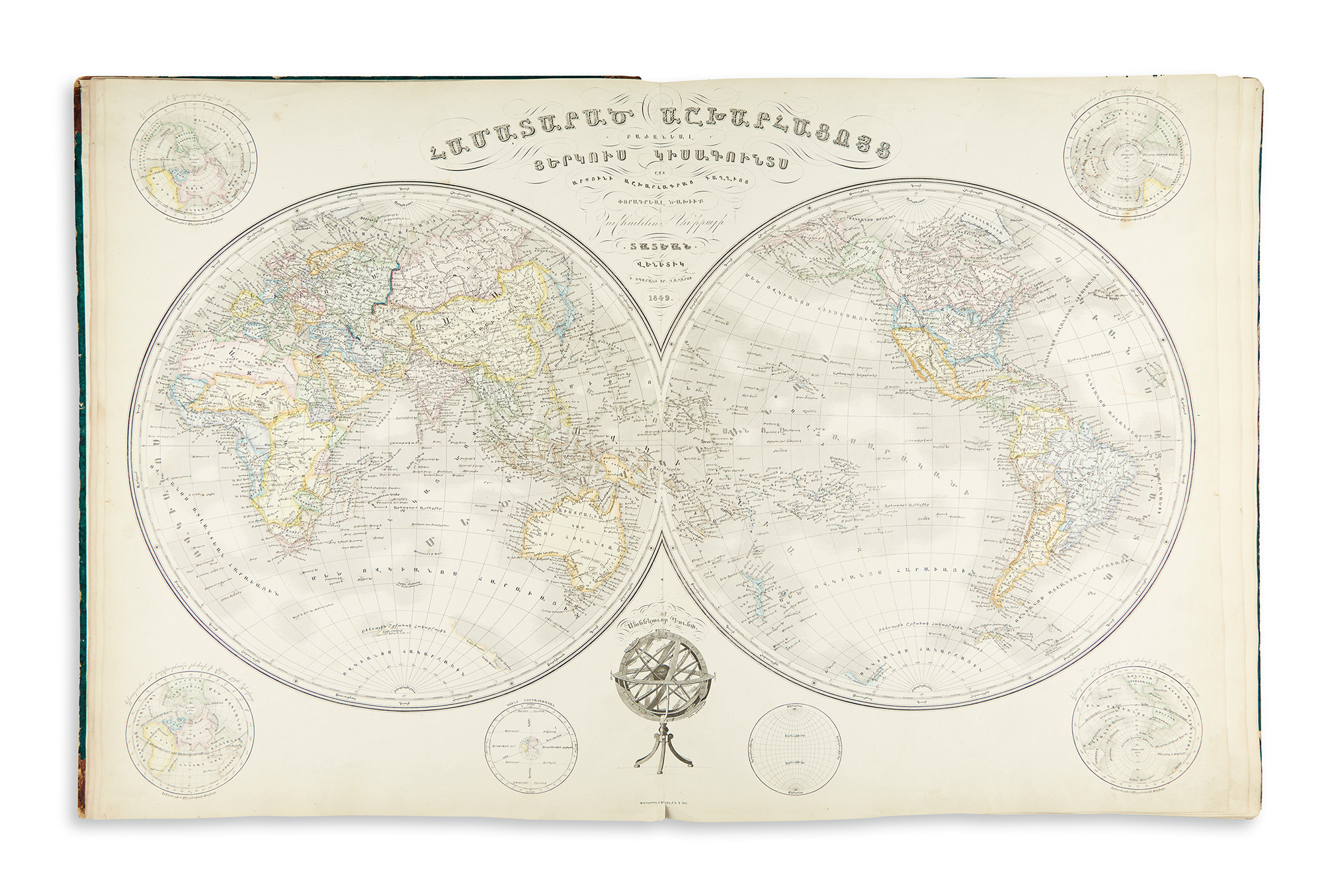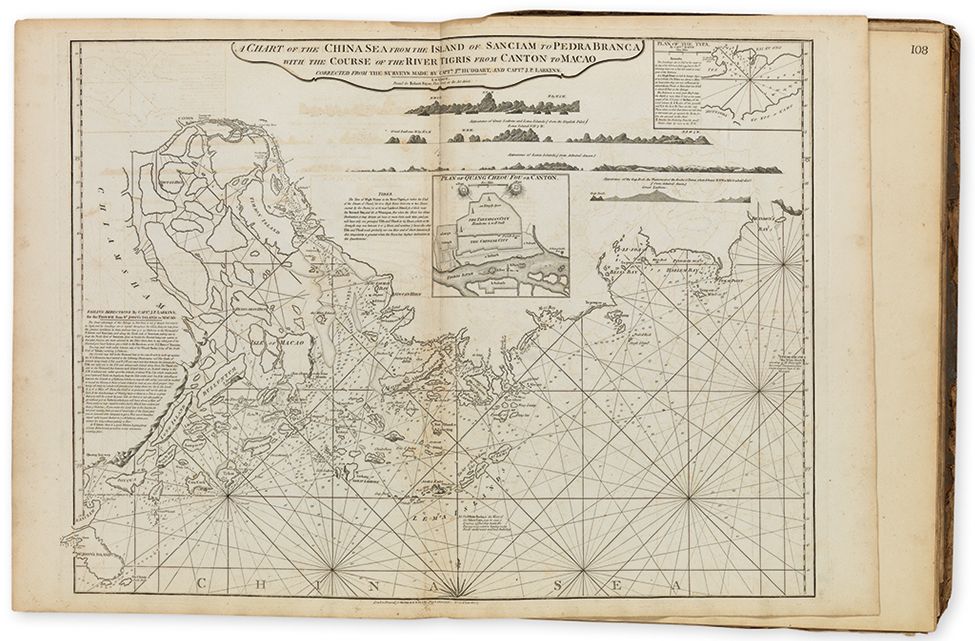Google Search
World War 2: Battle of Bologna
In the warm, dust filled April air of Bologna, Italy you could hear bullets whiz through the streets. The smell of blood from dead bodies that were days ole, and the cordite burned the nosed of soldiers. The city was hurt, from the mortars and artillery in the surrounding mountains and rivers to the conflicts in the heart of the once gorgeous city. Buildings were crumbling from the furious shots coming from the gunned warriors. If you were far enough away from the battles you might even hear the cries of the Italian citizens and see people grabbing necessities before escaping to the safety of their homes. The bodies of soldiers were drenched in sweat from dodging bullets and the heavy uniforms on their backs. The Polish 2nd Corps was pushing the Germans back even with the number they had lost. If the combatants weren’t scarred already from past battles, they were now, physically and mentally. Blood was flying from comrades and enemies alike staining scarring eyes and streets. Crumples bodies hidden away from the brutal attacks behind destroyed buildings and vehicles. Some tending to the wounds from scared enemies, even if it wasn’t theirs. Others were waiting to be taken from this world of hatred, or weeping over those who were lost.
The German soldiers and soldiers from the allies were exhausted. In the Apennines, it was winter, and the allies’ supplies were being shipped off to other operations nearby, however they still fought under Lt. Gen. Truscott who was replacing Maj. Gen. Lucas in 1944. In this harsh winter Lt. Gen. Lemelson had three lines: the first in the valleys filled with trees for excellent cover, the second on the Po Valley which varied from 150-500 yard with natural fortifications on both banks, and the third in the Alpine foothills which still had trenches and placements for artillery from WWI. Even though the German “veterans” lacked vehicles, fire power and air support, they maximized tactical potential during the winter. The reason was that the allies wanted to get to the “soft underbelly of Germany” through Italy and Bologna was a boundary for both sides. The allies didn’t want to destroy the German troops, but penetrate the German front and seize enough territory to have a base for more operations in Po Valley.
The reason for the allies being the victor on April 21, 1945 may have been for the fact that they would replace tired troops with those troops that were in the back, and fix broken machinery and slowly get more supplies. The Allies had used a bullhorn formation with the British and Americans on the flanks and the Polish Corps going through the city attacking the isolated German troops and pushing them back. At 6:15, Bologna, Italy was under Polish liberation and the Italians welcomed them, and hours later Americans showed up late with tanks.
Comments (4)
-
Guest - Humberth
PermalinkI have been reading about this battle of bologna quite a lot whenever u read the history of world war 2. Indeed this is one helpful site http://essaymama.org/ and this work on it has been a tremendously informative one to read. You have put up a great work!
0 Like -
Jio 4G VoLTE feature phone is placed in the first place in the list. This product is considered as another revolutionary thing which is branded as the ultra-affordable with amazing features a phone of that cost would have.
0 Like -
The aspirants who had appeared for the examination need to wait for the official declaration of the results. We will update the result link here in this post after the announcement of Tamil Nadu SSLC 10th class result and HSC or Plus 2 results.
0 Like -
http://www.fitflopss.us.com
http://www.christianlouboutinshoessale.org.uk
http://www.adidassuperstarshoes.us.com
http://www.converseshoes.us.org
http://www.birkenstockoutlet.us.org
http://www.mkpurse.us.com
http://www.nikeoff.com
http://www.adidasnmdforsale.us.com
http://www.manoloblahnik.name
http://www.sunglassesoakleycheap.us.com
http://www.tiffanyjewelry.in.net
http://www.weddingshoes.us.com
http://www.michaelkorsshandbags.us.com
http://www.nikeairtrainers.me.uk
http://www.maccosmetics.org.uk
http://www.airjordan-14.us
http://www.nikefactory.us
http://www.nikeairmaxschweiz.ch
http://www.nikekd10.us.com
http://www.air-jordanpascher.fr
http://www.coachfactoryoutlet-onlinestore.us.com
http://www.mbt.us.com
http://www.raybansunglassesoutlet.net.co
http://www.pandoracharmjewelry.us.com
http://www.wholesale-jerseysnfl.us.com
http://www.coach-bags.us.org
http://www.vibram-fivefingers.us.com
http://www.coachoutletonline-sale.us.com
http://www.newbalance-shoes.us.com
http://www.hervelegerdresses.us.com
http://www.oakleysunglasses.ru
http://www.longchampoutletcom.us.com
http://www.nikejordans.co.uk
http://www.mooseknucklesjackets.us.com
http://www.kobe11.in.net
http://www.basketballshoesstore.us.com
http://www.supremeclothing.us.com
http://www.nikeairmax90.us.org
http://www.adidasjeremyscott.in.net
http://www.pandorajewelrycanada.ca
http://www.tory-burchshoes.us.com
http://www.converseshoes.name
http://www.belstaffoutlet.us.com
http://www.parajumpersjackets.us.com
http://www.kevindurantshoes.us.com
http://www.levisjeans.us.com
http://www.niketn.fr
http://www.jimmychoooutlet.us.com
http://www.tiffanyjewelrybracelet.us.com
http://www.magliacalcioshop.it
http://www.cheapmichaelkorshandbags.us.org
http://www.snapbacks-wholesale.us.com
http://www.nhlhockey-jerseys.us.com
http://www.vansshoes.us.org
http://www.vans.us.org
http://www.michaelkorsoutlet.us
http://www.burberry-outlet-stores.us.com
http://www.newbalancesandals.us.com
http://www.coachcom.us.com
http://www.adidasoutletstores.net
http://www.off-white.us.com
http://www.rayban.in.net
http://www.lebronjamesjerseys.us.com
http://www.sauconyshoes.us.com
http://www.pradabags.us.com
http://www.coachoutlet-factory.us.com
http://www.fansoccerjerseys.com
http://www.michaelkorsoff.us.com
http://www.barcelonajersey.us.com
http://www.hollisteroutlet.us.org
http://www.airmax1.us
http://www.jordanfemmepascher.fr
http://www.mikimotojewelry.com
http://www.breitling.us.com
http://www.montblancfountainpens.us.com
http://www.canadagooses.us.com
http://www.taghuer.us.com
http://www.ralphlaurens.fr
http://www.toryburchsandals.us.com
http://www.juicycoutureoutlet.us.com
http://www.burberryoutlet.com.co
http://www.airmax2018.in.net
http://www.coachfactory--outlet.us.com
http://www.coachoutletonsale.us.com
http://www.nikemercurial.us
http://www.ralplaurenuk.org.uk
http://www.columbiaoutlet.us.org
http://www.giuseppe-zanotti.us.com
http://www.nikekyrie3.us.com
http://www.michaelkors.org.uk
http://www.jordan12.org
http://www.superdry.me.uk
http://www.coachonline.us.org
http://www.oakleysunglasses.us
http://www.pandoraukcharms.co.uk
http://www.givenchyhandbags.us.com
http://www.nfljerseyshop.us.com
http://www.linksoflondonuk.me.uk
http://www.suprashoesclearance.us.com
http://www.longchampoutlet-online.com
http://www.russellwestbrookjerseys.us
http://www.poloralphlaurensoutlet.us.com
http://www.adidaswings.name
http://www.airforce1.in.net
http://www.kanyeyeezyshoes.us.com
http://www.ferragamoshoesoutlet.us.com
http://www.marceloburlon.us.com
http://www.jordan4.net
http://www.salvatoreferragamo.in.net
http://www.airmaxplus.org
http://www.nikeblazers.us
http://www.michael--kors.me.uk
http://www.nikestores.us
http://www.timberlandoutlet.us.org
http://www.oakleysunglassescanada.ca
http://www.hermesbags.me.uk
http://www.manchesterunitedjersey.us.com
http://www.off-whiteclothing.us.com
http://www.pradahandbagsoutlet.us.com
http://www.fitflops.us.org
http://www.macmakeup.org.uk
http://www.vetementsclothing.com
http://www.raybanwayfarer.us.org
http://www.dansko.us.com
http://www.underarmourshoes.in.net
http://www.outletmichaelkorsoutletonline.us.com
http://www.cheapmlbjerseysshop.us.com
http://www.lebronambassador10.us.com
http://www.lebronsoldier9.org
http://www.philipp-pleinoutlet.com
http://www.bottega.in.net
http://www.beatsheadphones.us.com
http://www.versaceclothing.com
http://nike.outletstore.us.com
http://www.coach-factoryonline.us.org
http://www.cheapbestnbajerseys.us.com
http://www.the--northface.co.uk
http://www.cheapraybansunglasses.net.co
http://www.raybansunglassesoutlet.co.uk
http://www.nikefree.net
http://www.bcbg.us.com
http://www.philipppleinoutlets.us.com
http://www.raybansunglassesforwomen.us.com
http://www.nikeukstores.me.uk
http://www.redbottomshoes.org.uk
http://www.redbottoms.us.org
http://www.nikeepicreactflyknit.us.com
http://www.rosherun.org
http://www.nikedunks.us
http://www.ralphlaurenfactorystore.us.com
http://www.x-largeclothing.com
http://www.michaelkorsoutletsoff.us.com
http://www.flipflops.me.uk
http://www.ray-banssunglasses.org.uk
http://www.nikesshoes.us.com
http://www.leejeans.us.com
http://www.ralphlaurenpolo.in.net
http://www.ysl.us.com
http://www.replicawatches.in.net
http://www.michaelkorsukstore.co.uk
http://www.soccerjersey.us.org
http://www.columbia-sportswear.us.com
http://www.stephcurryjerseys.com
http://www.adidasoutletadidas.us.com
http://www.mbtscarpe.it
http://www.rayban.nom.co
http://www.ralphs-laurenoutlet.co.uk
http://www.yoga-pants.us.com
http://www.airjordan.me.uk
http://www.manoloblahnik.us
http://www.pandorajewelrysoutlet.us.com
http://www.ralphlaurenpolos.fr
http://www.ralph-laurenpolouk.org.uk
http://www.adidasyeezy350.us.com
http://www.tiffanyrings.us.com
http://www.nikeflipflops.org
http://www.poloshirtsoutlet.us.com
http://www.northface--outlet.in.net
http://www.cheap-jordans.us.com
http://www.cheapjerseys.in.net
http://www.coachoutletstore.eu.com
http://www.authenticmlbjerseyscheap.us.com
http://www.converseshoesoutlet.us.com
http://www.tiffanyandcojewelry.us.com
http://www.lebron14.org
http://www.nikeairforce1.net
http://www.persolsunglasses.us.com
http://www.katespadehandbagsoutlet.us.org
http://www.hermesbirkinbags.us.com
http://www.nobisjackets.us.com
http://www.jordans.us.org
http://www.victoriassecret.us.com
http://www.timberlandboots-uk.org.uk
http://www.truereligionsale.com.co
http://www.cheapnhljerseysshop.us.com
http://www.fitflopsoutlet.us.com
http://www.pasottiombrelli.us
http://www.airjordan11.us
http://www.redbottomsshoes.me.uk
http://www.longchamphandbagstotes.us.com
http://www.thehundredsclothing.com
http://www.stussy.us.com
http://www.nikeshoesnike.us.com
http://www.nikefree-run.fr
http://www.maccosmeticsofficial.us.com
http://www.katespade-outlet.in.net
http://www.supremeuk.co.uk
http://www.lightup-shoes.us.com
http://www.timberlandboots.us
http://www.rayban-sunglassesonsale.us.com
http://www.oakleysunglassesparts.us.com
http://www.michaelkorshandbagsmacys.us.com
http://www.nikekyrie2.com
http://www.christianlouboutinoff.us
http://www.nikekd8.com
http://www.michaelkorsoutlet70off.us.com
http://www.adidasultra-boost.us.com
http://www.nikehyperdunks.com
http://www.underarmouroutletclearance.com
http://www.newbalance.me.uk
http://www.ralphlaurenjeans.us
http://www.adidasyeezy350boost.us.com
http://www.pumaslides.us.com
http://www.longchamp-outletstore.us.com
http://www.camisetasdefutbolbaratases.es
http://www.miumiusunglasses.com
http://www.katespade-outlet.us.com
http://www.tombradyjerseys.us.com
http://www.asics.us.org
http://www.nfl-jersey.in.net
http://www.birkenstockshoes.org.uk
http://www.omegawatches.us.org
http://www.nikeblazer.fr
http://www.supreme-newyork.com
http://www.lindafarrowsunglasses.com
http://www.kobe12shoes.us.com
http://www.airmax2017.us.com
http://www.uggbootsonsale65off.us.com
http://www.cheapreplicawatches.us.com
http://www.pradasunglass.us.com
http://www.maillotdefootcenter.fr
http://www.pelikanpens.us.com
http://www.michael-kors-canada.ca
http://www.maillotdefootfrance.fr
http://www.rolexwatches.us.com
http://www.oakleysunglassescom.us.com
http://www.coachoutletfactoryofficial.us.com
http://www.airmaxnl.nl
http://www.mizuno.us.org
http://www.coachwallets.us.com
http://www.canadagoose-sale.ca
http://www.jordan1.us
http://www.cheapnfljerseysnike.us.com
http://www.prada.us.org
http://www.jordans-fusion.com
http://www.chaussuresnikeairmax.fr
http://www.trikotsgünstig.de
http://www.coachoutlet70off.us.com
http://www.balenciagashop.us.com
http://www.nikeairmax90.com.de
http://www.lebronsoldier10.com
http://www.rayban.net.co
http://www.birkenstocksandalsonsale.us.com
http://www.jerseys.us.org
http://www.undefeated.us.com
http://www.baseballbats.us.com
http://www.alexandermcqueen.us.com
http://www.ralphlaurenoutletofficial.us.com
http://www.truereligion-jeans.me.uk
http://www.malonesouliers.us.com
http://www.nicholaskirkwood.us.com
http://www.pandora-jewelry.name
http://www.adidasnmdoutlet.us.com
http://www.coachoutletstoreonlineofficial.us.com
http://www.fitflopssale.org.uk
http://www.jordan3.net
http://www.adidasoriginalsstansmith.us.com
http://www.marcjacobs.me.uk
http://www.niketennis.us.com
http://oakley.sunglassesoutlet.us
http://www.cheapraybansunglass.co.uk
http://www.supremeclothing.me.uk
http://www.omega.in.net
http://www.paulgeorge.us.com
http://www.adidasoutletstores.com
http://www.poloralphlaurens.us.com
http://www.raybansunglassescheapest.us.com
http://www.nikepresto.us.com
http://www.hermeskellybag.us.com
http://www.mauijimsunglasses.us.com
http://www.coachoutletonlinestore.ca
http://www.coachoutletonline70off.us.com
http://www.audemarspiguet.us.com
http://www.nikeoutletus.us.com
http://www.fingerlingsmonkey.org
http://www.airhuarache.fr
http://www.yslmakeup.us
http://www.adidasfootballboots.org.uk
http://www.adidasshoess.us.com
http://www.balenciagasandals.us.com
http://www.outletralph-lauren.us.com
http://www.nikerevolution.us
http://www.coachoutletstoreonlineclearances.us.org
http://www.jordanretro.us
http://www.coachsoutletstoreonline.us.com
http://www.marcjacobsbags.us.com
http://www.pandoracharmss.org.uk
http://www.pandorajewelry.us.org
http://www.longchampoutlet-store.us.com
http://www.cheapuggsoutlet.us
http://www.tods.us.com
http://www.burberrysale.us.org
http://www.outlet-celine.com
http://www.nikefree.me.uk
http://www.thenorthfacejackets.us.org
http://www.balenciaga-triples.us.com
http://www.lebron15.in.net
http://www.nikelunarglide.us
http://www.fila.us.com
http://www.toryburchoff.us.com
http://www.jordans.in.net
http://www.stansmithadidas.org.uk
http://www.onitsukatigershoes.us.com
http://www.airmax270.org
http://www.niketrainers.org.uk
http://www.swarovskirings.us.com
http://www.bvlgari.us.com
http://www.pandorajewelrys.ca
http://www.huarache.us.com
http://www.michaelkorshandbagssales.us.com
http://www.nikeroshe.us.com
http://www.poloralphlaurenoutlet.org.uk
http://www.ralphlaurensale.org.uk
http://www.guccislides.us.com
http://www.airmax97.org
http://www.ninewest.us.com
http://www.michaelkorsoutletcheapest.us.com
http://www.jerseys.eu
http://www.valentino.us.org
http://rayban.sunglassesoutlet.us
http://www.tomfordsunglasses.us.com
http://www.calciomaglie.it
http://www.dolceandgabbana.us.com
http://www.flops.us.com
http://www.adidasstoreuk.me.uk
http://www.brequet.us.com
http://www.pumafentysandals.us.com
http://www.toryburchoutletmall.us.com
http://www.policesunglasses.us
http://www.vansstore.us.com
http://www.adidasflipflops.us.com
http://www.miumiu.us.com
http://www.adidasslides.us.com
http://www.snapbackhats.us.com
http://www.montblanc.com.co
http://www.stuartweitzmanshoes.us.com
http://www.baseballjersey.us.com
http://www.spaldingbasketball.us
http://www.cheapjordansshoes.in.net
http://www.michael-korsoutletstores.us.org
http://www.soldier11.com
http://www.louboutinchristian.us.com
http://www.michael-korstaschen.ch
http://www.vancleefarpelsjewelry.us.com
http://www.yvessaintlaurentsunglasses.com
http://www.hermesbeltoutlet.com
http://www.poloralph.us.com
http://www.cheapraybans.ca
http://www.pradaoutletonlinestore.us.com
http://www.stephen-curryshoes.us.com
http://www.russellwestbrook.us.com
http://www.converse.me.uk
http://www.woolrichjackets.us.com
http://www.supremeparis.fr
http://www.airjordanretro.fr
http://www.nikeoutletstoreonline.us.com
http://www.coachoutlet-online.eu.com
http://www.toryburchbags.us.com
http://www.tommyhilfigerpoloshirts.us.com
http://www.timberlandpro.us.com
http://www.cheapmlbjersey.us.com
http://www.christiandiorhandbags.us.com
http://www.cheapnfljerseysfree.us.com
http://www.truereligionjeans-outlet.us.com
http://www.fussballtrikotsshop.de
http://www.newcoachoutlet.us.com
http://www.ray-bansunglassesoutlet.com.co
http://www.y3shoes.us.com
http://www.camisetasfutbole2018.com
http://www.wholesaleoakleysunglasses.us.org
http://www.russellwilsonjerseys.us
http://www.christianlouboutinoutletus.us.com
http://www.nikeflightbonafide.us
http://www.ray-ban.me.uk
http://www.louboutinoutlets.us.com
http://www.oakleysunglasses-vault.us.com
http://www.reebokclassicshoes.us.com
http://www.fitflopssaleclearance.us.org
http://www.ferragamooutlet.us.com
http://www.ralphlauren.in.net
http://www.airmax.us.org
http://www.oakley-sunglassesonsale.us.com
http://www.nikeshox.in.net
http://www.coachfactoryoutlet-online.eu.com
http://www.ralphlauren-poloshirts.me.uk
http://www.polooutletinc.us.com
http://www.shoecarnival.us.com
http://www.shopbasketballshoes.us.com
http://www.christianlouboutinoutletuk.org.uk
http://www.hermesoutlets.us.com
http://www.louboutins.me.uk
http://www.truereligion-jeans.us
http://www.pandorajewelry-canada.ca
http://www.maxairnike.us.com
http://www.supra.us.org
http://www.airmax95.us.org
http://www.beatsbydrdresolo.us
http://www.viscontipens.us.com
http://www.yeezydesertrat500.us.com
http://www.mcm-outlets.us.com">http://www.mcm-outlets.us.com
http://www.pumasoutlet.us.com
http://www.swarovskijewelryoutlet.us.com
http://www.versacesunglasses.us
http://www.michaelkorsoutletonsale.us.com
http://www.uggbootsonsale75off.us.com
http://www.mishka.us.com
http://www.jordan6.net
http://www.timberlandoutletonline.us.com
http://www.longchampsacsoldes.fr
http://www.lebron13.org
http://www.tiffanyco.org
http://www.katespadeoutletsale.us.com
http://www.vansshoesoutlet.us.com
http://www.oakleysunglassescheapest.us.com
http://www.christian-louboutins.fr
http://www.nikecortez.net
http://www.truereligionoutletjeans.us
http://www.lebron15.name
http://www.air-jordan.us.com
http://www.coachoutlet-handbags.us.com
http://www.skecherssandals.us.com
http://www.northfaceoutlet.in.net
http://www.sophiawebstershoes.us
http://www.jordan8.net
http://www.shopbrandbelts.com
http://www.monsterheadphones.us.com
http://www.lululemon.in.net
http://www.jordanxx9.in.net
http://www.louboutins.us.com
http://www.jordanshoes.us.org
http://www.hardenvol1.us.com
http://www.cartierjewelry.us.com
http://www.suicoke.us.com
http://www.burberryoutlet-canada.ca
http://www.versacebags.us.com
http://www.nikedunksb.us
http://www.nikesb.in.net
http://www.jordan5.us
http://www.montblancpen.in.net
http://www.katespadehandbagssale.us.org
http://www.mulberryhandbags.us.com
http://www.footballsoccershirts.me.uk
http://www.soccerjersey.us.com
http://www.runningshoes.us.org
http://www.nikeairmax.us.org
http://www.hardenvol2.us.com
http://www.nikefreeruns.us.com
http://www.katespadestoreoutlet.us.com
http://www.lululemonsale.us.com
http://www.tevasandals.us.com
http://www.coachhandbagsfactoryoutletonline.us.com
http://www.swarovskijewelry.co.uk
http://www.newbalancestore.us.com
http://www.nikeshopjapan.com
http://www.mcm-outlets.us.com">http://www.mcm-outlets.us.com
2018.7.13zhouyanhua0 Like
























Leave your comments
Login to post a comment
Post comment as a guest